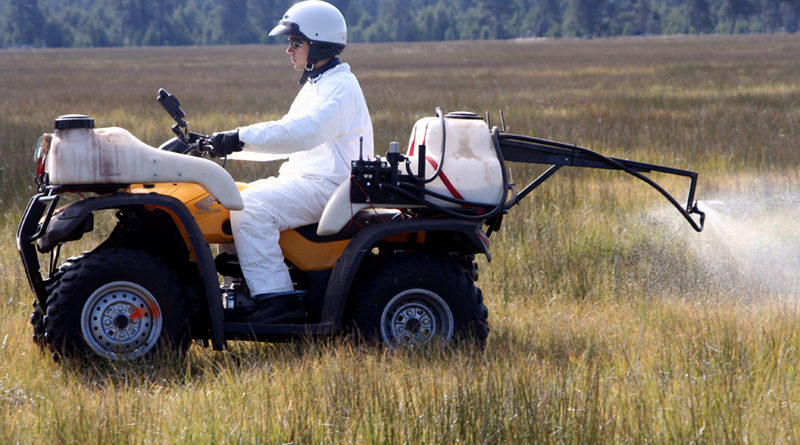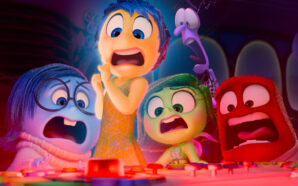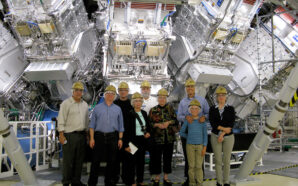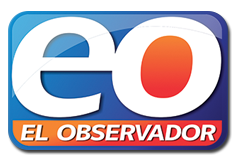Even though pesticides may take an environmental toll, isn’t it worth it given how many more mouths we can feed thanks to their use?
Roddy Scheer & Doug Moss
EarthTalk
The advent of new technologies coming out of World War II led agricultural researchers to start experimenting with new classes of chemicals they could use to boost agricultural production. As human populations swelled, these “advances” were applied around the world so farmers could grow more food to feed the hungry masses and stave off widespread famine. This transition from essentially organic farming practices to what we now consider “conventional” (that is, aided by chemicals) has been dubbed “The Green Revolution.” But “green” in the name doesn’t mean it’s been good for the environment.
Chemical fertilizers are synthetic or inorganic materials added to soil to aid in plant life. Pesticides kill insects or other organisms that are harmful to crops, while herbicides kill any unwelcomed vegetation that may affect their growth. According to data from the U.S. Environmental Protection Agency (EPA), American farmers use upwards of a billion pounds of pesticides every year. Meanwhile, the United Nations reports that globally we use about five times that.
Indeed, the widespread adoption of these synthetic fertilizers, pesticides and herbicides has done a great job at boosting crop efficiency to feed more and more of us. For example, India was on the brink of a mass famine in the 1960s due to rapid population growth. Using the techniques of the green revolution, Indian farmers were able to grow enough produce and rice to stave off widespread starvation. Another advantage of pesticide use in India and elsewhere has been the prevention of disease, because pesticides kill insects carrying viruses that could be passed onto the crops.
However, pesticides not only kill the pests but also the natural enemies of those pests. In nature, everything is balanced out. Indeed, there is no free lunch, as pests respond to treatment by breeding stronger offspring that are resistant to these chemicals, and with natural predators gone, these pests will quickly multiply, which is why the need for pesticides to kill these pests keeps increasing.
Furthermore, persistent organic pollutants, also known as “POPs,” are highly toxic pesticides and chemicals that do not decompose. They poison non-target organisms in the environment because they are passed through the food chain (bioaccumulate). Consumption of POPs disrupts the endocrine system and is linked to cancer and infertility in humans. Pesticides also take a toll on our environment, contaminating water and soil. Along with insects, pesticides are also toxic to fish, birds, frogs and more.
Pesticide use is very controversial and should be taken seriously. While here at home, the EPA has banned many pesticides that are harmful to our environment and our health (though the battle for safer food rages on), in many other countries agricultural oversight and environmental regulations are non-existent or unenforced. Fortunately, we can all be part of the solution by eschewing conventionally grown foods and opting for organic varieties whenever we can. While growing your own food is one sure way to know that what you’re eating is safe, you can also find an increasingly large amount of organic food in your local supermarket, let alone at a Whole Foods near you. Another great way to eat healthier and organic is to shop at local farmers’ market. Find one near you by searching the free online database maintained by the non-profit Local Harvest.
CONTACTS: EPA, www.epa.gov/agriculture/agriculture-organic-farming;
Local Harvest, www.localharvest.org/farmers-markets/; Whole Foods, wholefoods.com.
EarthTalk® is produced by Roddy Scheer & Doug Moss and is a registered trademark of the nonprofit Earth Action Network. To donate, visit www.earthtalk.org. Send questions to: question@earthtalk.org.






